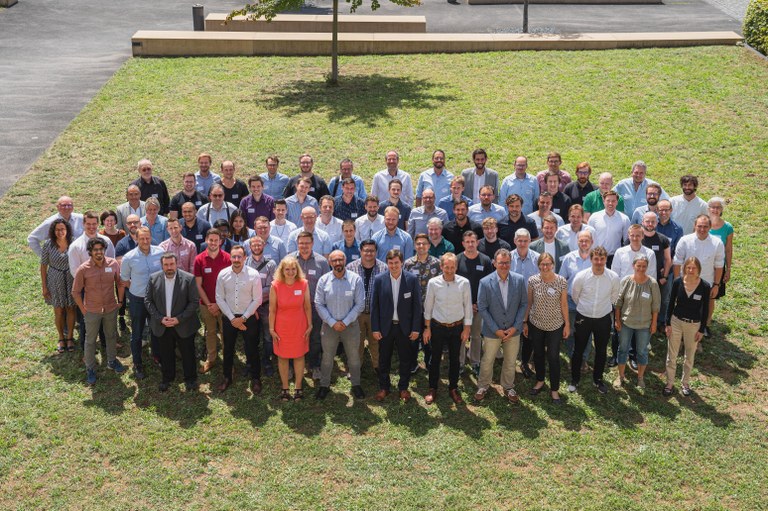DigiTain
Ecologically and economically sustainable criteria in vehicle and drive architecture development are experiencing increasing relevance in politics, society and industry. The technical-economic criteria of classic product development and optimization with an ecological product evaluation only in the late phase of product development are therefore no longer sufficient and up-to-date.
The development-accompanying sustainability assessment during the product development process currently poses major challenges for developers, as suitable digital processes, methods and tools for the development-accompanying ecological optimization of the entire vehicle, including the drive components, are not available. In addition, there is a lack of binding standards for fully digital product development and evaluation, which is why a large number of experimental validation tests are still required for certification.
In DigiTain, therefore, precisely such processes, methods and models for fully digital product development and certification of electric drive architectures are being developed that not only aim to develop competitive drives from the outset, but also incorporate ecological and economic sustainability criteria. The goal is holistic overall vehicle and powertrain architecture development, taking into account all product property-induced areas. The application and validation of the sustainability-oriented development process (NEP) and the developed generic methods and models is carried out using the example of the development and optimization of an electric vehicle with a hybrid drive strategy consisting of a fuel cell unit and HV battery system.

In DigiTain, DYNAmore is responsible for a central work package in the development of new approaches to spatial discretization, homogenized, data-driven material models and implements them in the simulation environment LS-DYNA. For this purpose, improved element formulations of shell and solid elements for classical FE technology are being developed in cooperation with partners from the University of Stuttgart. The need for this arises from changed requirements for structural load transfer in the event of a crash load as a result of the modified packaging of new drive technologies. On the other hand, the new technology of isogeometric analysis, in which LS-DYNA can be considered the market leader and technology driver, will be further developed in cooperation with the partners BMW and Mercedes-Benz so that it can be productively used in complete vehicle models at the end of the project. Furthermore, DYNAmore is developing homogenized, data-driven and scale-bridging material models together with specialists from the University of Stuttgart and the participating Fraunhofer Institutes in order to push the current limits of prediction quality in crash simulation for fine-grained components. The aforementioned developments will be advanced collaboratively with the partners in component development and finally deployed in a technology carrier. And finally, DYNAmore is intensively involved in the development of a model construction kit for the standardization or certification of simulation models.
"With the even better prediction quality of models for crash simulation envisaged in DigiTain in the future, the certification of these models and the resulting possible homologation of products via the digital prototype or twin is within reach," says Professor André Haufe, head of the DYNAmore Material Competence Center. "This not only helps to save the very high development efforts in prototyping, but also shortens the overall development time even further, which allows the development engineers to perform more optimization loops for more sustainable designs. We are pleased to do our part for more sustainable product development with this development contribution."